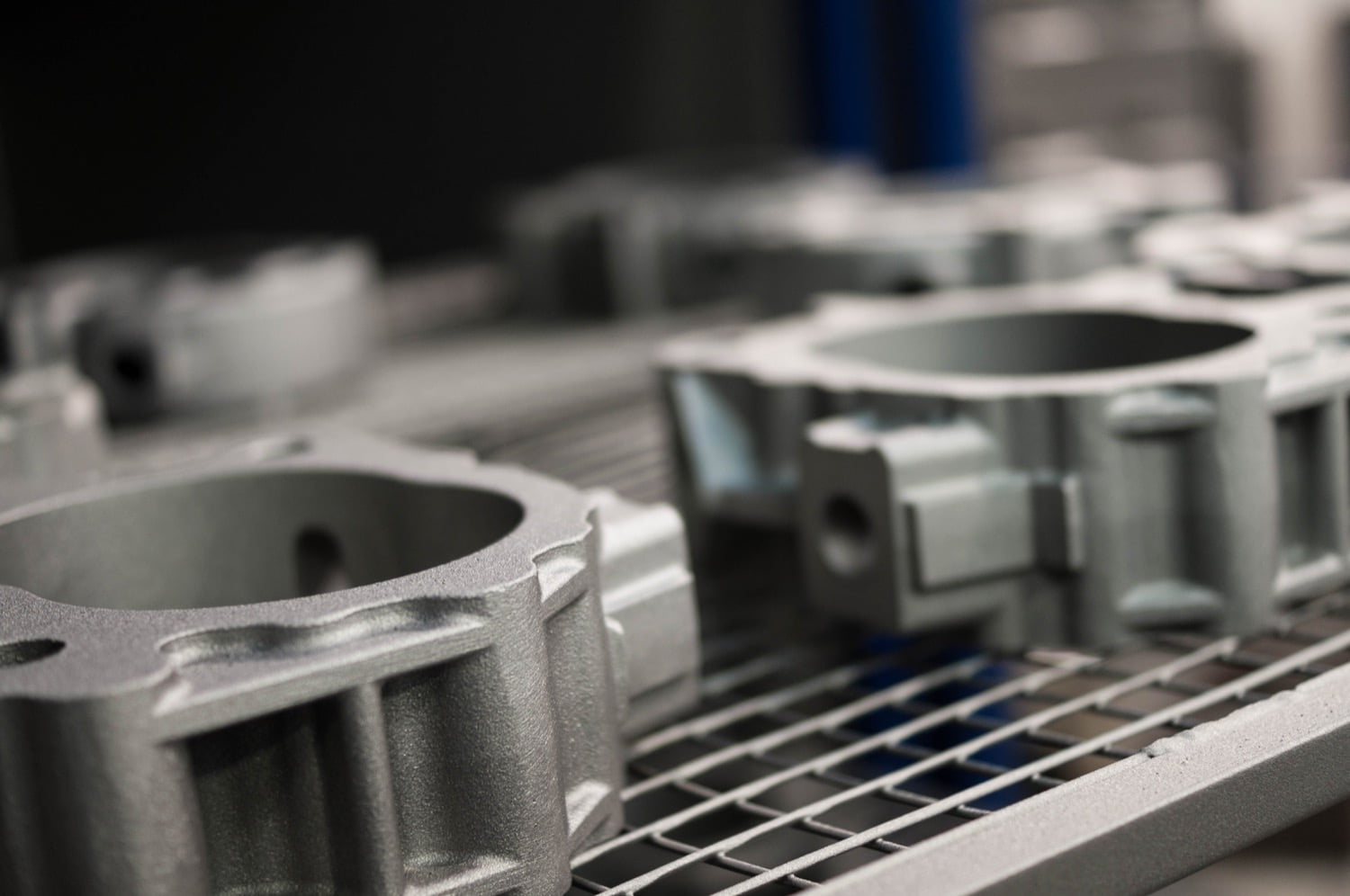Published - 9th May 2017

Radiographic imaging is a popular technique used to identify any subsurface defects in metal castings. It provides assurance of the structural and mechanical properties of the component.
As we’ve explained in an earlier blog, it is one of two main types of non-destructive testing (NDT) methods used at Haworth Castings – the other being dye penetrant testing.
For many people, radiography is probably most readily associated with having an X-ray at the hospital.
The origins of radiographic imaging can be traced back to the late 19th century, with the discovery of X-rays by Wilhelm Conrad Röntgen in 1895. He identified the potential use of radiography in flaw detection in his very first paper on X-rays. Today X-ray imaging is used in everything from airport baggage screening through to dentistry and engineering.
Both X-rays and gamma rays (which were discovered later in 1900) are used in industrial radiography. These are both forms of electromagnetic radiation with very short wavelengths. This means that they can penetrate, and travel through, various materials – including metals. At Haworth Castings, radiographic imaging using X-rays is available to test our metal castings.
We offer radiographic imaging as an additional service to customers at the post-production stage.
The process works in a similar way to medical X-rays – where a radiographer is looking for fractures or other medical irregularities in the body. The only difference is that we are checking for any internal porosity, shrinkage, cavities or other issues in metal casting.
During the process, a perpendicular X-ray beam is projected towards the component. Some of the X-rays are absorbed by the casting while others pass through and are captured by digital or photographic film detectors on the other side. The images are then inspected to identify any internal defects or variations in quality.
Until recently, film techniques were used as standard but, increasingly, digital methods are employed – due to the speed of production and ability to view images instantly.
Radiographic imaging is carried out by Inidam – a third-party supplier that specialises in this work. This gives our customers independent verification of the integrity of the castings.
Find out more about testing and inspection in metal casting by emailing us: sales@haworthcastings.co.uk. Alternatively, call +44 (0)1794 512685.
If you have a project, talk to our experienced sales team
Contact us